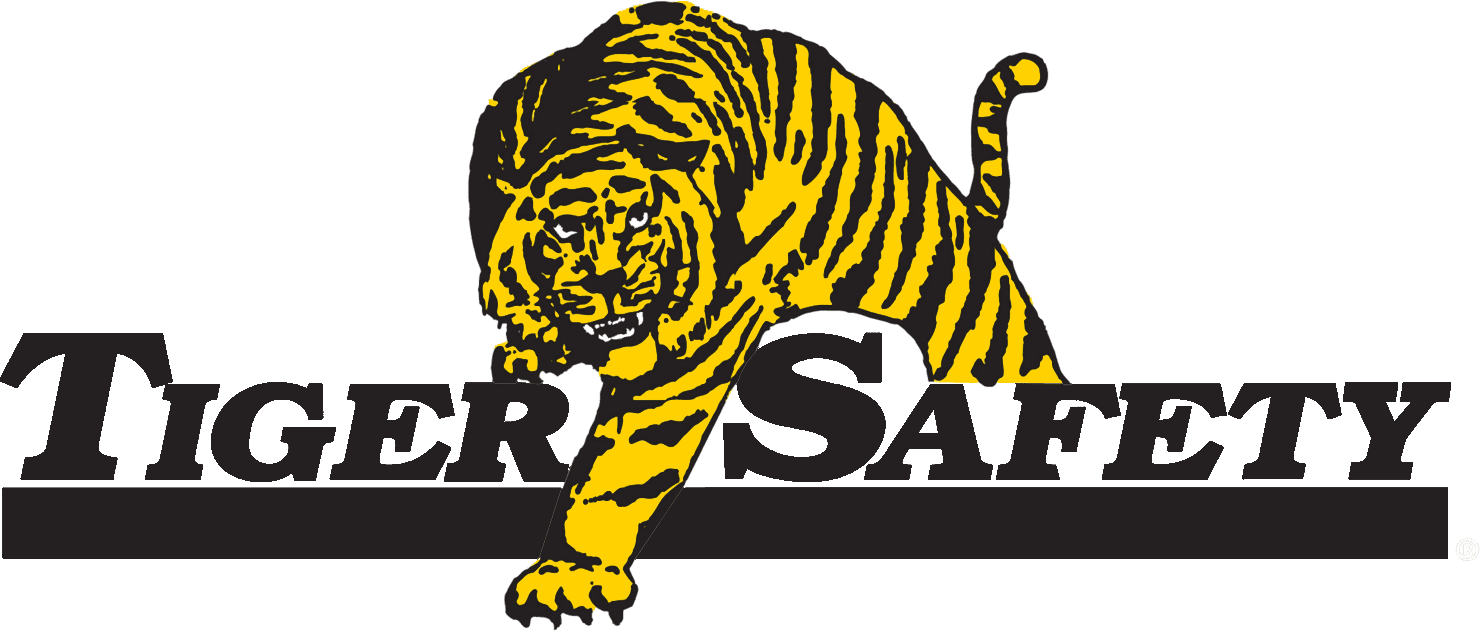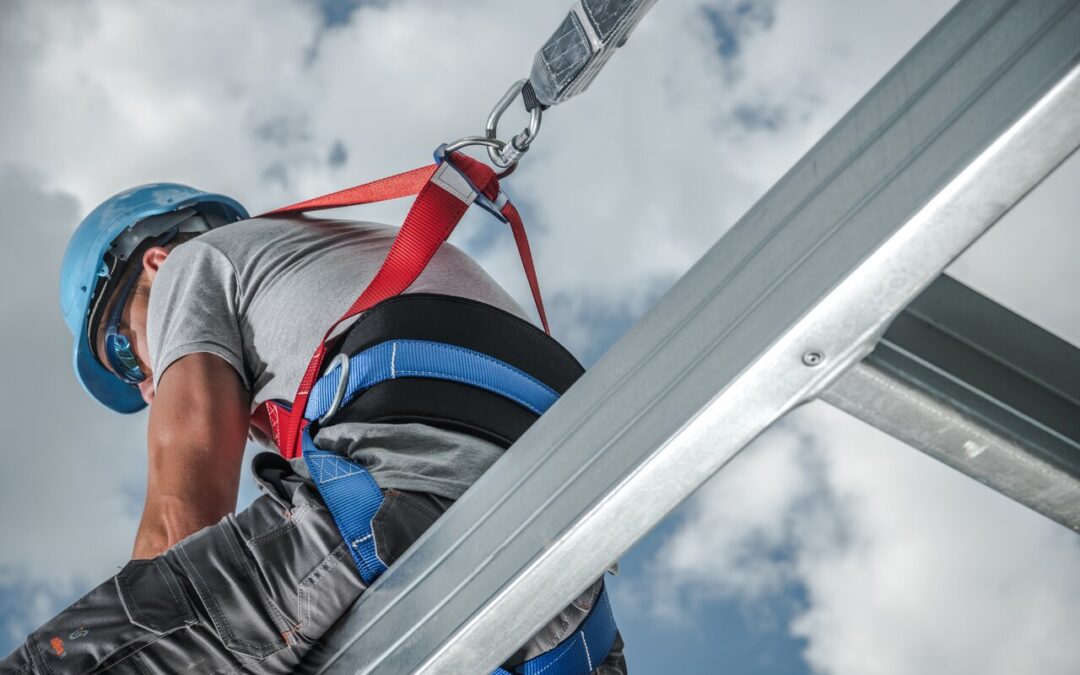The oil and gas industries by nature require workers to perform tasks at various heights, which elevates the risk of falls, a leading cause of workplace injuries and fatalities. As a result, onshore and offshore oil and gas companies must prioritize fall protection measures to ensure the safety of their employees and to remain compliant with regulatory requirements.
Fall protection equipment is a crucial aspect of worker safety, reducing the risk of serious bodily harm or even death. To effectively prevent accidents, it is essential to provide employees with appropriate fall protection gear and training on its proper usage. Employers must be knowledgeable about different types of fall protection equipment and stay abreast of industry standards to maintain safe worksites.
When choosing fall protection equipment, employers must evaluate the specific requirements of their worksite, accounting for environmental factors, the nature of tasks performed, and worker experience. By assessing these aspects and implementing suitable fall protection measures, oil and gas operations can reduce occupational hazards and instill a culture of safety among employees.
Types of Fall Protection Equipment
1. Active Fall Protection Systems
Active fall protection systems require the use of personal protective equipment (PPE) to keep workers safe when working at heights, such as on drilling platforms or rigging up equipment. These systems include:
- Full-Body Harnesses: These secure an individual’s body and distribute impact forces in case of a fall, minimizing the chance of injury.
- Lanyards: Connecting the harness to an anchorage point, lanyards are available in a variety of materials, lengths, and configurations to suit various worksite needs.
- Self-Retracting Lifelines (SRL): SRLs extend and retract to allow workers freedom of movement while limiting the risk of a fall. In case of a fall, the SRL quickly locks to arrest the fall and minimize injury.
2. Passive Fall Protection Systems
Passive fall protection systems involve physical barriers or devices that prevent or minimize the risk of falling without requiring the worker to take active precautions. Some common passive systems include:
- Guardrails: Installed around elevated working surfaces, guardrails prevent workers from accidentally falling over the edge.
- Safety Nets: Positioned below elevated work areas, safety nets catch workers in the event of a fall, helping prevent injury or death.
- Fall Arrest Systems: Designed to stop a worker from hitting the ground after a fall, fall arrest systems include a combination of a full-body harness, anchorage point, and lanyard or SRL.
Understanding OSHA Regulations for Fall Protection
The Occupational Safety and Health Administration (OSHA) sets forth regulations governing fall protection for the oil and gas industry. Employers must adhere to these requirements to ensure the safety of employees working at heights and maintain compliance. Key OSHA regulations include:
- OSHA Standard 29 CFR 1910.28: Duty to have fall protection and falling object protection
- OSHA Standard 29 CFR 1910.140: Personal fall protection systems
- OSHA Standard 29 CFR 1926.501: Duty to have Fall protection (Construction specific)
Staying current with OSHA guidelines will assist employers in maintaining safe worksites and mitigating the risk of accidents.
Proper Training and Maintenance for Fall Protection Equipment
To fully maximize the potential of fall protection equipment, employers need to provide appropriate training and ongoing support for their workers. This includes educating employees about:
- The hazards associated with working at heights
- The proper selection, use, and maintenance of PPE
- Inspection procedures to identify damaged or worn equipment
- The role of anchorage points and their specific load-bearing capacity
Additionally, it is crucial to regularly inspect and maintain fall protection equipment to ensure that it remains in good working order. Broken or compromised gear can fail to protect workers against falls, leading to catastrophic accidents.
Conclusion
In the oil and gas industries, where working at heights is commonplace, it is essential to prioritize fall protection equipment for the safety of the workforce. By implementing active and passive fall protection systems, adhering to OSHA regulations, and providing appropriate training and maintenance, employers can safeguard their workers and promote a culture of safety.
Tiger Safety Rentals is dedicated to offering specialized safety equipment and services, including fall protection equipment and training, for onshore and offshore oil and gas companies. Let’s help ensure your workers remain secure and protected in their working environment. Contact us today to discuss how we can help protect your employees and maintain workplace safety.

